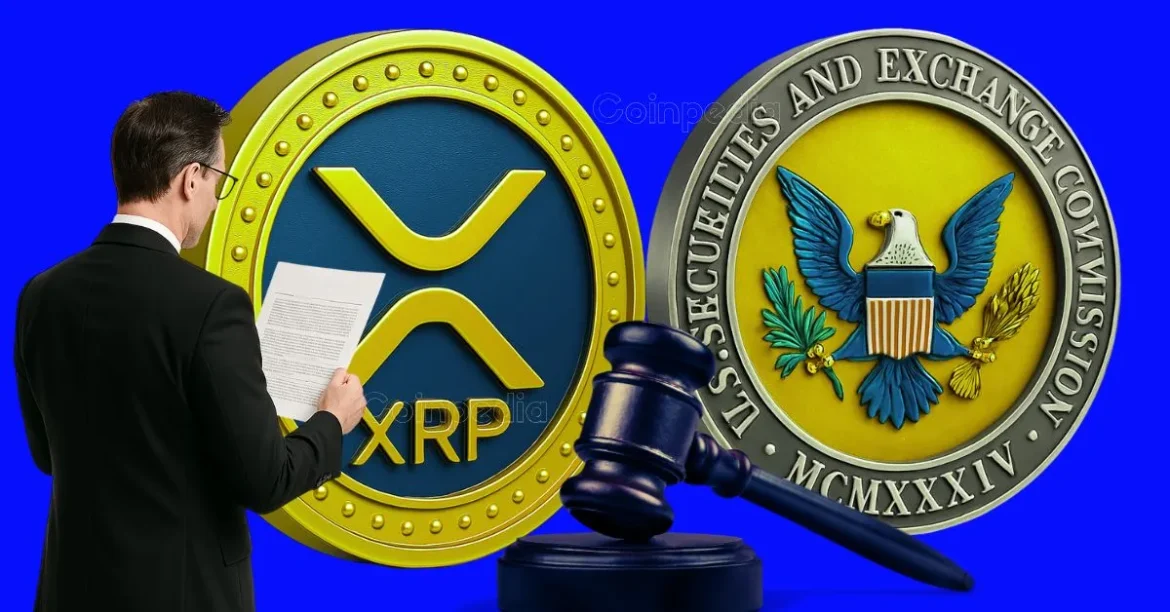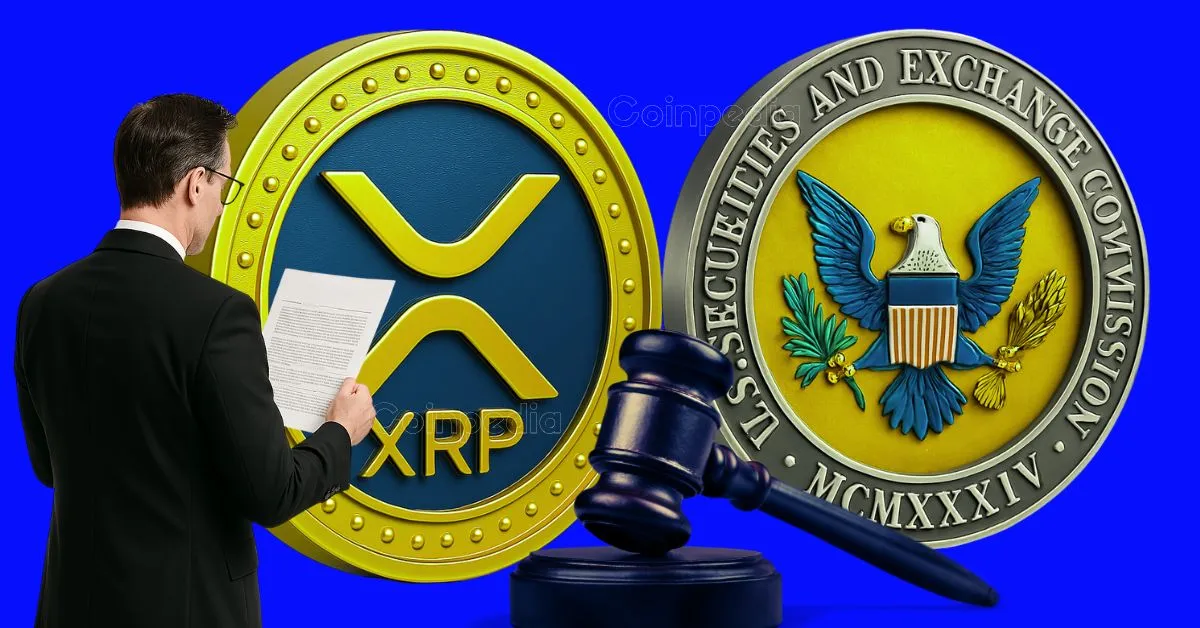Navigating the Ripple vs. SEC Saga: Legal Resolution and Market Impact
The protracted legal battle between Ripple Labs and the U.S. Securities and Exchange Commission (SEC) has been a defining narrative in the cryptocurrency sector. Spanning over four years, this lawsuit has not only shaped the regulatory landscape for digital assets but also directly influenced market dynamics, particularly the price and investor sentiment surrounding XRP, Ripple’s native token. A detailed examination of the case’s progression, recent settlement developments, and their implications for the broader crypto industry reveals a pivotal moment of transition and opportunity.
—
The Legal Backdrop: Unraveling the Ripple-SEC Dispute
In December 2020, the SEC initiated a lawsuit against Ripple Labs, alleging that XRP was an unregistered security and that Ripple conducted illegal sales of the token. This lawsuit thrust the question of regulatory clarity on cryptocurrencies front and center, with XRP becoming a proxy for industry-wide uncertainty spanning years.
Early court rulings provided mixed outcomes: a judge in 2023 differentiated Ripple’s “programmatic sales” as non-security transactions, while institutional sales still faced scrutiny as unregistered offerings. As the legal marathon stretched on, Ripple and the SEC’s interactions became increasingly pivotal in signaling the eventual trajectory of crypto regulations.
—
Settlement Unfolds: Key Developments and Timeline
Recent reports highlight a decisive shift with Ripple and the SEC filing a joint motion proposing a settlement agreement. The key aspects include:
– $50 Million Payment: Ripple’s proposed settlement includes a $50 million payment to the SEC, notably less than the initially disputed $125 million penalty. This move signals negotiation progress towards a mutually agreeable resolution.
– SEC Dropping Lawsuit: The SEC officially dropped its lawsuit after four years of legal contention, affirming that XRP is not a security under current regulations. This is a landmark decision that helps clear regulatory fog not only for Ripple but potentially for similar crypto projects.
– Settlement Timeline: While some sources point to May 2025 as the month when the SEC dropped the case and settlement agreements materialized, others note critical deadlines and hearings scheduled for June 16, 2025, which may represent final procedural steps toward closing the book on this dispute.
– ETF Delays: Despite the settlement progress, the SEC has postponed decisions on XRP-related exchange-traded funds (ETFs), such as 21Shares’ spot XRP ETF, indicating that while the lawsuit conclusion paves the way, regulatory caution remains in related areas.
—
Market Reactions: Price Dynamics and Investor Sentiment
The legal outcomes directly influenced XRP’s market behavior in profound ways:
– Price Surge: Announcements around the lawsuit’s resolution or settlement consistently triggered XRP price spikes of approximately 13%, with peaks around $2.56 per token. These rallies reflect investor optimism fueled by regulatory clarity and the prospect of renewed institutional interest.
– Volatility Amid Legal Uncertainty: Leading up to key deadlines and court decisions, XRP’s price oscillated significantly, moving between support levels (~$2.10-$2.25) and resistance zones (~$2.31-$2.36). Periods of unresolved litigation saw sharp swings, including notable drops of over 13%, underscoring investor anxiety over pending judgments or appeals.
– Market Correction and Trading Volume: At times when speculation about settlements faded or the SEC delayed meetings (such as a canceled session initially planned for July 18), XRP faced price corrections and declining trading volumes by up to 40%, signaling cooling trader interest until clearer news emerged.
– Sector-Wide Ripple Effect: The culmination of the Ripple-SEC case stirred broader crypto market performance. Leading cryptocurrencies like Bitcoin and Ethereum showed correlated gains, while investor attention focused increasingly on regulatory developments shaping industry sustainability.
—
Regulatory and Industry Implications: Beyond the Courtroom
Ripple’s legal victory, accompanied by the settlement, is more than a resolution of one company’s dispute; it sets a precedent with wide-reaching implications:
– Regulatory Clarity: Affirming that XRP is not a security provides a regulatory foothold for digital assets operating under similar frameworks. This clarity nurtures a more predictable environment for launching crypto offerings, trading, and integrating with traditional finance.
– Crypto Sector Confidence: Market participants and institutions interpret the settlement as a positive signal that regulatory uncertainties can be resolved, encouraging investment and innovation within decentralized finance (DeFi) and blockchain projects.
– Potential for Increased Adoption: XRP’s ability to rally on these legal developments illustrates confidence in the token’s future utility and integration within payment systems, cross-border remittances, and enterprise applications Ripple pursues.
– Ongoing Challenges: Despite progress, the SEC’s continued hesitation on XRP ETFs and possible appeals suggest the regulatory path remains complex. Subsequent political dynamics and evolving legislation continue to influence the crypto regulatory landscape.
—
Concluding Perspectives: A Turning Point with Cautious Optimism
The resolution of the Ripple vs. SEC lawsuit marks a watershed moment for XRP and the broader crypto industry. After years of uncertainty and legal maneuvering, the affirmation that XRP is not a security, paired with the negotiated settlement, opens the door to renewed growth and regulatory alignment. XRP’s price rallies echo investor relief and enthusiasm, signaling a renewed chapter for digital assets seeking legitimacy.
Yet, the fluctuating market reactions and residual regulatory hesitations remind stakeholders that while significant progress has been made, the journey toward institutional acceptance and clear governance frameworks for cryptocurrencies is ongoing. The Ripple case serves as both a blueprint and a cautionary tale — a testament to legal perseverance and the critical interplay between innovation and regulation in shaping the future of finance.





